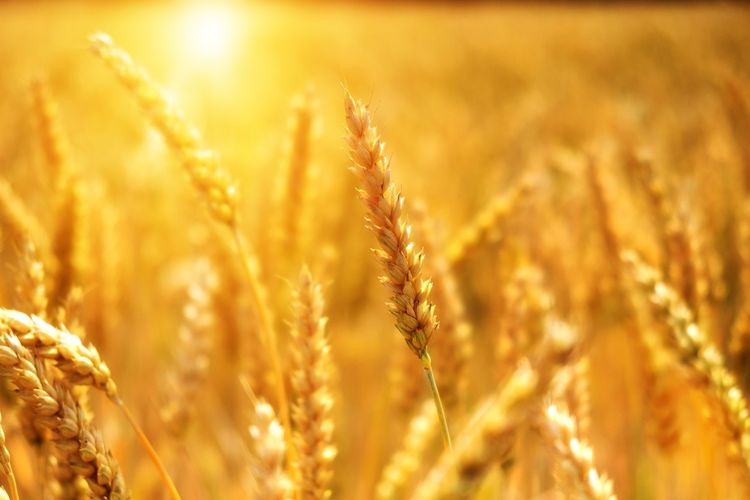Wheat crisis: Will the February heat cause a steep decline in output this year?

In the first week of February, as temperatures breached 2-5 degrees Celsius above normal in North and Central India, the India Meteorological Department issued an advisory in key wheat growing states like Madhya Pradesh.
On February 17, 2023, the Indian Council of Agricultural Research — Indian Institute of Wheat and Barley Research (ICAR-IIWBR) issued an advisory, asking farmers to inspect their crops for yellow rust disease, which is a result of high temperatures.
This is the second consecutive year that the heat has set in early, which is likely to impact the wheat grain size and cumulative yield.
Weak western disturbances have also resulted in little to no rainfall in December and January this year. This is essential for boosting the central stockpile and checking inflationary trends in wheat.
Last year’s heatwave in March shriveled the wheat grains resulting in poor output. In the 2021-22 crop season, farmers sold their output at a higher price in the market than to the government because the government’s procurement was at a 15-year low.
When the Indian government procures food grains through the public distribution system (PDS), it ensures a minimum support price for farmers. This intervention controls prices, ensuring the country’s food security.
Earlier this year, the government announced that they would offload three million tonnes of wheat from the central pool in the markets under the Open Market Sale Scheme to contain domestic prices.
Inflation in cereals has been particularly worrying over the last couple of months (11.5 per cent in September, to 12.1 per cent in October, 13 per cent in November, 13.8 per cent in December and 16.1 per cent in January).
The Consumer Price Index also reached 6.52 per cent in January, beyond the the Reserve Bank of India’s upper limit of tolerance (consecutively for two months).
The Food Corporation of India (FCI) has already ended up selling 1.8 million tonnes of wheat in the open market. A warm February and its impact on the wheat harvest could fuel this inflation further.
This season, early seeding of wheat in October was promoted among farmers to escape the heat in March. However, the high temperatures began even earlier this year, so even early sown crops, which will be in the grain development stage currently, will see a loss in yield.
Read also
Wheat in Southern Brazil Impacted by Dry Weather and Frosts
Oilseed Industry. Leaders and Strategies in the Times of a Great Change
Black Sea & Danube Region: Oilseed and Vegoil Markets Within Ongoing Transfor...
Serbia. The drought will cause extremely high losses for farmers this year
2023/24 Safrinha Corn in Brazil 91% Harvested
Write to us
Our manager will contact you soon



